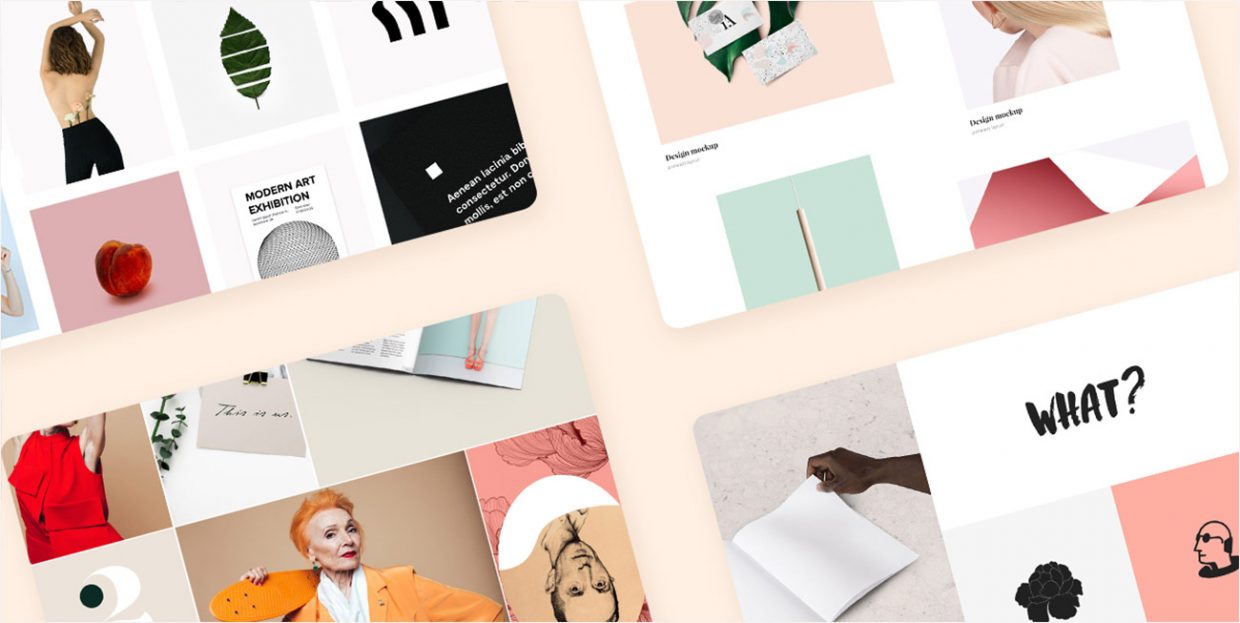
Introduction
This course overall taught me how to become a better technical writer. Thanks to the course, I am able to express my thoughts more concisely and clearly, especially in professional settings.
Weaknesses and Strengths in Assignments
In technical writing, I often have the weakness of being too wordy and over-complicating what I am trying to express. Although I am able to provide a lot of information, it takes away from the main points I try to address. There is still a lot of room for improvement in this aspect, but I believe this course provided me with the tools to do so. For instance, having my writing team edit my work and point out suggestions to condense my writing helped a lot. I managed to bring those tips into my later projects and when writing emails and formal documents in my daily life. In terms of strengths, this course gave me more confidence in writing research papers and drafting proposals. I found it much easier to allude to literature or comment on findings of research compared to writing complaint and response letters. However, there is also room for improvement in terms of the clarity and conciseness of my research papers and proposals.
Weaknesses and Strengths in the Learning Process
In the learning process, I found it difficult to come up with initial blueprints of a writing assignment without seeing an example beforehand. It was hard for me to draft a complaint letter or a peer review without having seen an example first. Although the assignments gave me more practice, I still struggle with creating a blueprint of a paper without initially seeing a thorough example. In terms of strengths, I believe I am able to take my peer’s and instructor’s suggestions and apply it to future assignments. When writing, I am able to keep in mind my weaknesses and apply any tips suggested to me in the past to avoid making the same mistakes again. For instance, when I first wrote peer reviews, I did not have clear headings and concise explanations for the suggestions I provided. However, through my professor’s and peers’ feedback, I was able to focus my peer reviews on the most important points and condense something that would have been two pages long to a page for easy reading and corrections.
How Skills and Strengths as a Student Support my Career Goals
I believe these strengths can directly transfer to any job I enter in the future. With all jobs, especially ones in cognitive ergonomics and systems design, writing research papers, drafting surveys and interviews, and discussing implications are essential. Understanding how to extract key ideas from research would help me in the field of design and technology, since user-experience and design thinking requires research before execution. Learning from mistakes and keeping suggestions in mind are also important skills in the work environment. It ensures constant improvement and, more importantly, willingness to improve, which is what a lot of employers look for. This demonstrates a growth mindset and would allow me to prosper in any challenging environment I am in. Further, improving my weakness of writing concisely can make me good at documenting procedures and at writing clear descriptions in my code.
Overall, building on my technical writing skills throughout the course will support my future career, academic, and volunteer goals. It allows for clear and effective communication with any audience, in any situation It also provides me with the tools to respond to a negative situation in a formal and friendly manner. This course also taught me how to express respect in my writing, even in negative situations, which is important in any setting in the future.
Image source: https://www.google.com/url?sa=i&url=https%3A%2F%2Fwww.freeagent.com%2Fguides%2Fself-assessment%2Flearn-the-lingo-key-self-assessment-terms-explained%2F&psig=AOvVaw3pc7xgXgtfGzlx2ObYEAtO&ust=1608132760429000&source=images&cd=vfe&ved=0CAIQjRxqFwoTCKCJmcKn0O0CFQAAAAAdAAAAABAD



